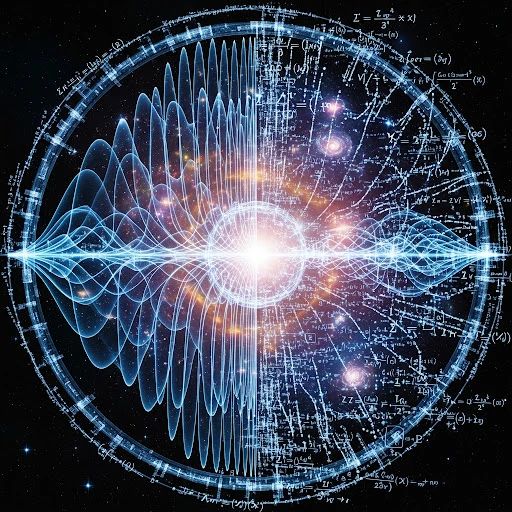
In the history of scientific thought, there are two fundamental pursuits:
Consistency requires no contradictions, but is necessarily incomplete; Completeness seeks the unity of contradictions, but cannot maintain consistency.
Gödel’s incompleteness theorem revealed the irreconcilable tension between the two.
The simultaneity resonance of degrees-of-freedom particles is, in essence, full of contradictions.
It cannot be expressed by a consistent formal system; It can only be described through a unified and complete field theory.
Maxwell’s equations are not an isolated formula, but a set of mutually constrained, mutually opposing yet unified equations. Why must it be a set of equations?
Because the relationships between electricity and magnetism, wave and particle, field and force, are essentially “inconsistent.” Only within the unified framework of the equations can a self-consistent and complete description be achieved.
This is the genius of Maxwell’s equations: They are not a “consistent single equation,” but a “complete set of equations.”
Field theory is not meant to eliminate contradictions, but to embrace them. The interactions among multiple equations form a dynamically unified whole.
If, in the future, humans establish a mathematical expression for the second law of thermodynamics, it will inevitably also be a set of equations, not a single one.
In history, those who could truly put forward a set of equations as a theory in physics were almost only Maxwell.
Maxwell and Turing gave answers; Gödel explained the problem.
The watershed of scientific thought lies here:
True scientific breakthroughs come from the acceptance and unification of contradictions. This is precisely the meaning of Maxwell’s equations.
Maxwell’s equations are not a consistent formal system theory, but a completeness mathematical theory. They embrace and unify the fundamental contradiction of wave–particle duality in the form of a set of equations, not a single equation.